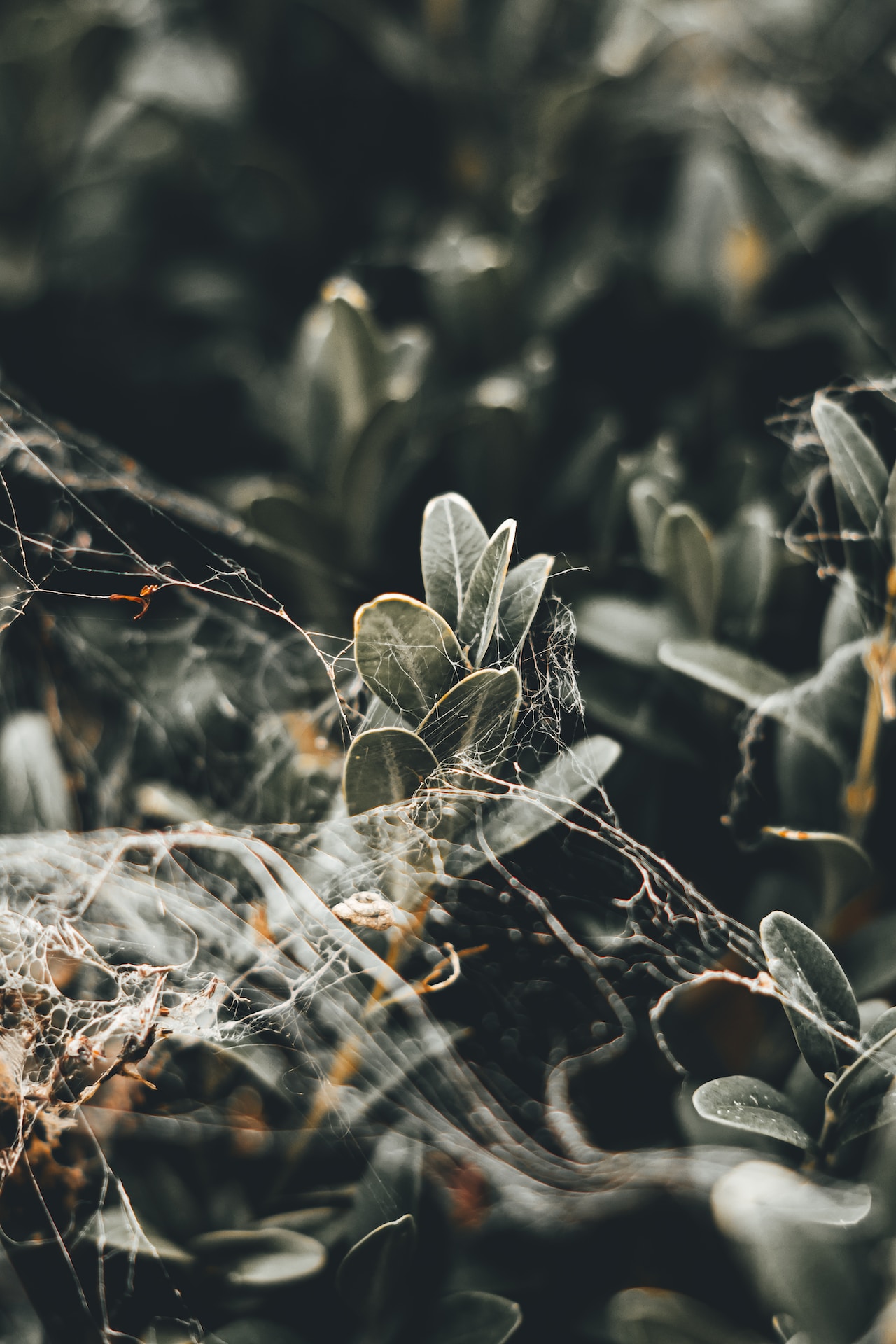
Shading is an essential aspect of visual art and design. It adds depth, dimension, and realism to an artwork. There are various shading techniques that artists use to achieve different effects and create stunning visuals. In this article, we will explore two different shading techniques commonly used in art and design.
Hatching
Hatching is a shading technique that involves drawing parallel lines to create the illusion of value and texture. These lines can be closely spaced or widely spaced, depending on the desired effect. Hatching is often used to create shading in a two-dimensional image or to give depth to a drawing.
How to use Hatching:
- Direction: The direction of the hatch lines can influence the overall look of the shading. Vertical, horizontal, or diagonal lines can all create different effects.
- Line weight: By varying the thickness and pressure of the hatch lines, artists can create different values and textures in their shading. Heavier lines indicate darker areas, while lighter lines suggest lighter areas.
- Spacing: The spacing between the hatch lines can also affect the shading. Closer spacing creates a denser and darker shade, while wider spacing creates a lighter shade.
Cross-Hatching
Cross-hatching is a shading technique that builds upon hatching by adding multiple layers of hatch lines at different angles. This creates a more complex and textured shading effect. Cross-hatching is widely used in various art forms, including illustrations and drawings.
Tips for Cross-Hatching:
- Angle: Multiple sets of hatch lines can be drawn at different angles to create a layered effect. By using multiple angles, artists can achieve a more realistic and three-dimensional appearance.
- Overlapping: Overlapping hatch lines can add depth and texture to the shading. By carefully spacing and overlapping the lines, different values and textures can be achieved.
- Layering: Building up multiple layers of cross-hatching can add richness and depth to the shading. Adding more layers can create darker areas or create a richer texture.
Shading is an important technique in art and design, allowing artists to create depth and dimension in their work. Hatching and cross-hatching are two popular shading techniques that artists often use. Hatching involves drawing parallel lines to create value and texture, while cross-hatching adds multiple layers of hatch lines at different angles to achieve more complex shading effects. Experimenting with these techniques can help artists create stunning visual artwork.
